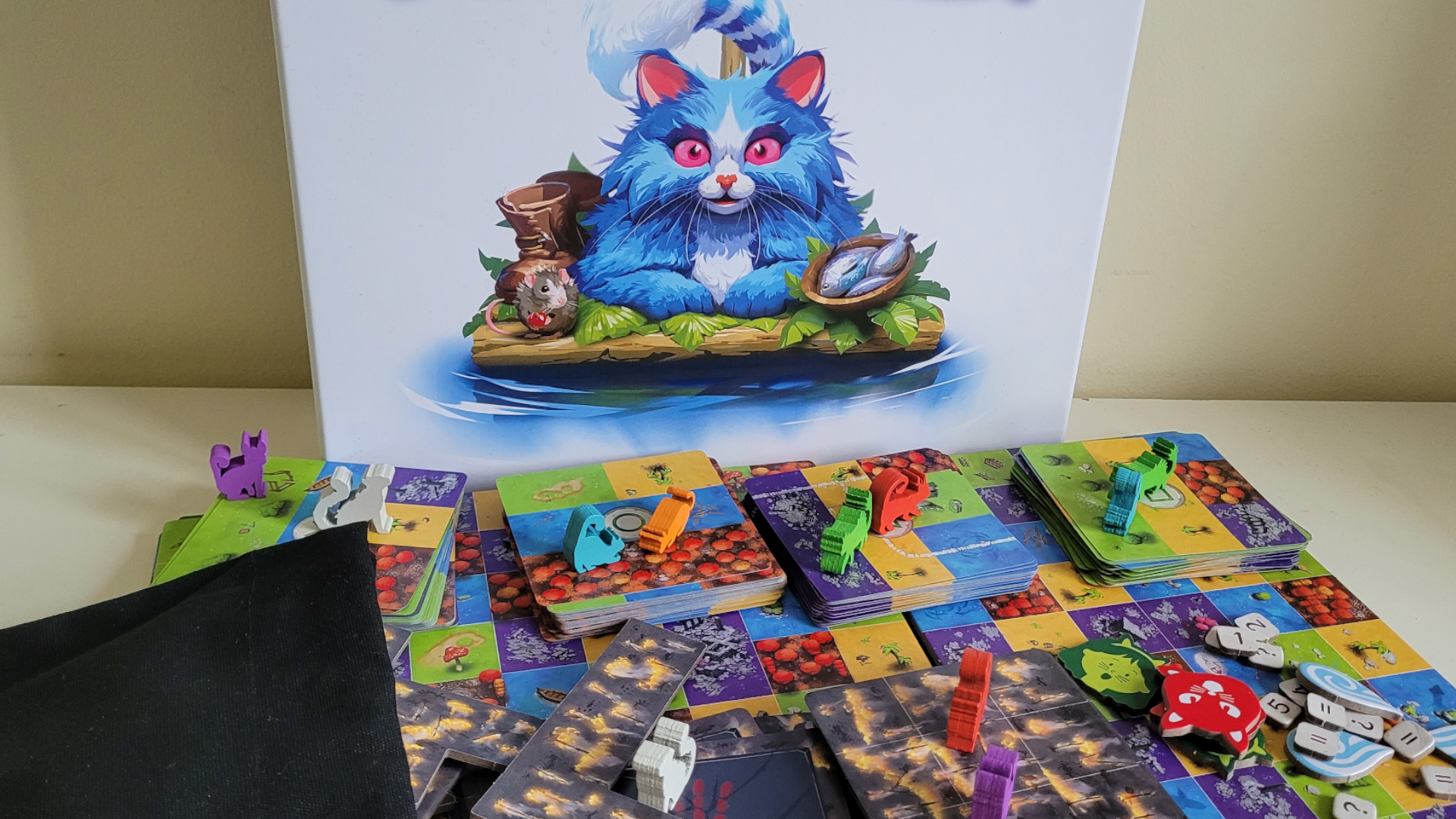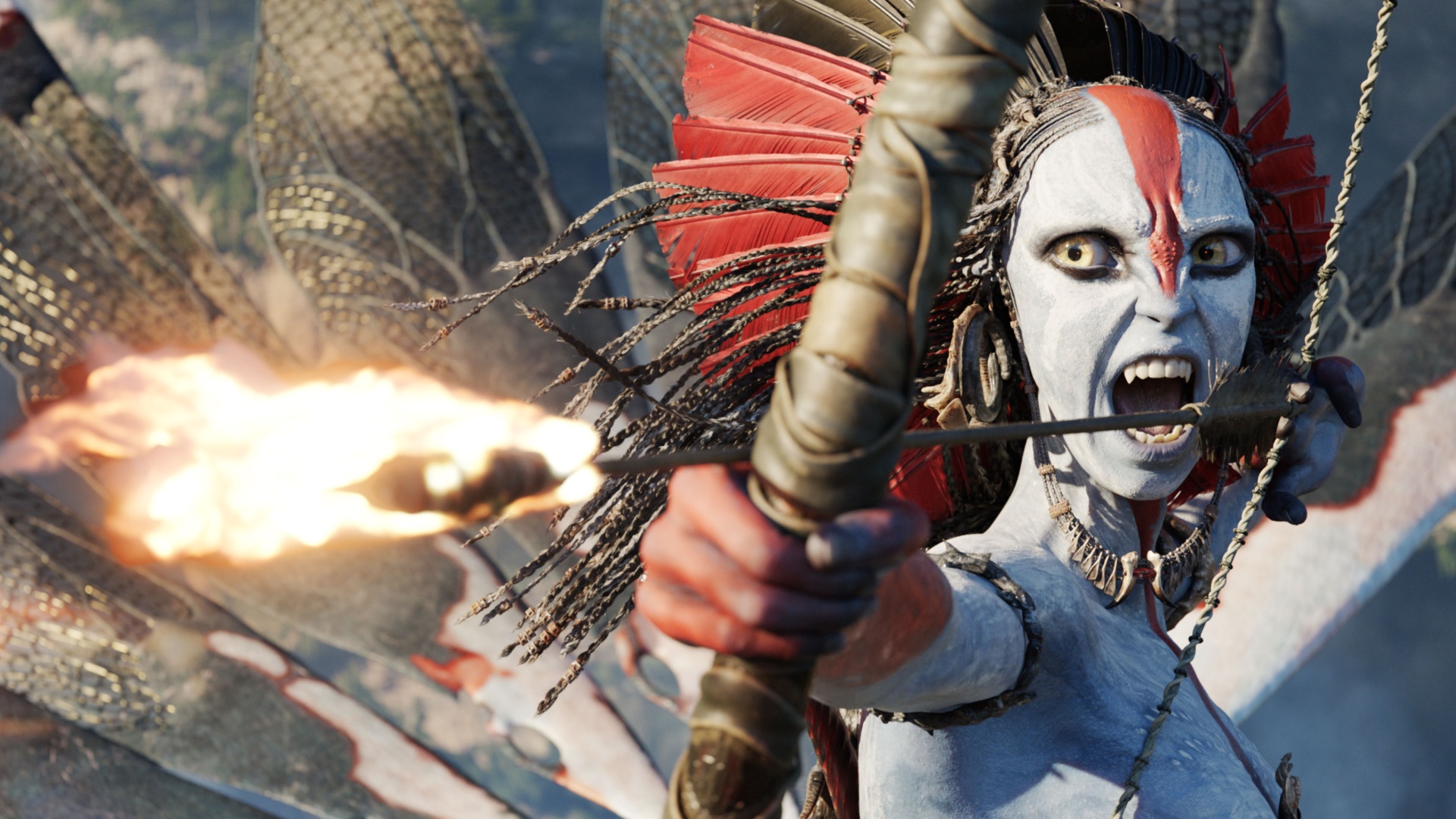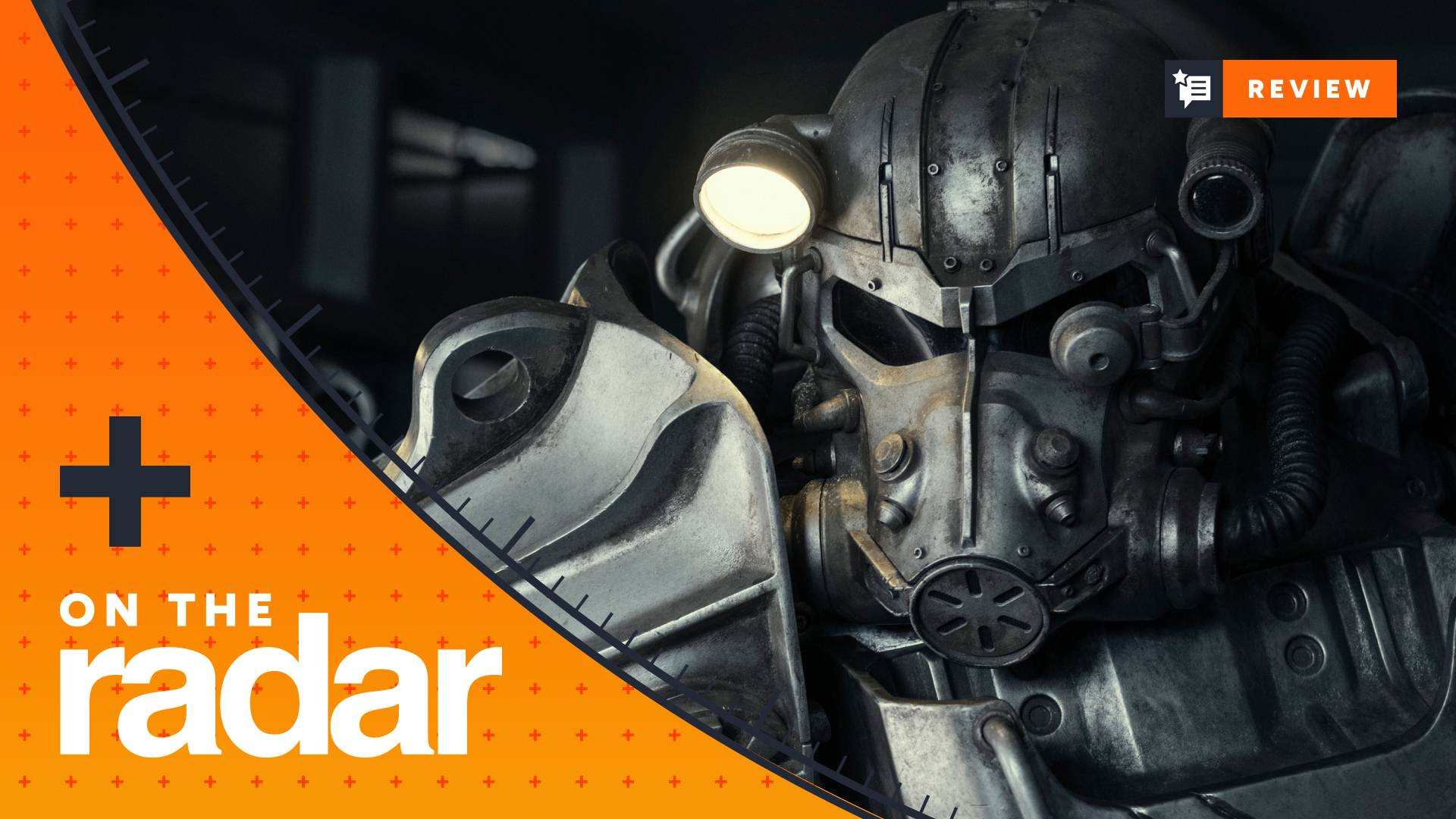GamesRadar+ Verdict
This team-based puzzle game is perfect if you're looking for something lighter that your family can play (or you can run solo). While its board art is a little too psychedelic for our tastes and hardcore strategists may get bored, it's an otherwise delightful option.
Pros
- +
A fun, dynamic puzzle with wide appeal even beyond puzzle game fans
- +
Cutesy cats and simple rules make it family friendly but still challenging to play
- +
Lots of variety across over 80 scenarios
Cons
- -
Limited communication rules are clumsy and awkward in practice
- -
Ugly board tiles with too many bright, clashing colours
Why you can trust GamesRadar+
Frank West likes cats. At least that’s a fair presumption, given that three out of his five published titles involve cats or, specifically, a magical place called the 'Isle of Cats.' First mooted in a family-friendly polyomino-laying game of the same name, the island was under threat by a monstrous character called Vesh Darkhand, who wanted to set fire to it. Race to the Raft is a narrative, although not remotely mechanical, sequel to that game in which players work together to guide the surviving cats through the ensuing inferno to safety.
Features & design
Price | $46.99 / £44.99 |
Ages | 8+ |
Players | 1 - 4 |
Game type | Cooperative |
Genre | Puzzle |
Complexity | Low |
Lasts | Upt to 60mins |
Play if you like | Cats, Azul, puzzle games |
- You play terrain cards to try and make an unbroken colour path for cats to move on
- Each terrain change also means a random fire tile is added to the board, blocking access
- Players are working together, but communication for planning is limited
In Race to the Raft, you’re all working together to save some adorable kitties from wildfires raging on their island by getting them to the safety of a raft. (No, I can't think of any other cooperative board games where you do that either.) You start by choosing a campaign from the twelve included in the game and working through its scenarios in order. Each scenario has a specific setup where you place particular landscape tiles, cats and goals. You win if all the cats make it to safety before spreading fire blocks their path and makes it impossible.
However, cats being cats, they’re all extremely finicky about where and how they’ll travel. A cat will only move across terrain squares on the gridded landscape that match its colour. To this end, players have a hand of landscape cards that they can lay down, one at a time, to try and create paths for the cats. Since it’s almost impossible to lay an end to end path from starting square to raft in go, you can also discard a card to move a cat either five squares or as far along the path as it can travel, depending on whether you’re playing a basic or advanced campaign. Cards are drawn from four different decks, which have different likelihoods of having particular terrain colours.
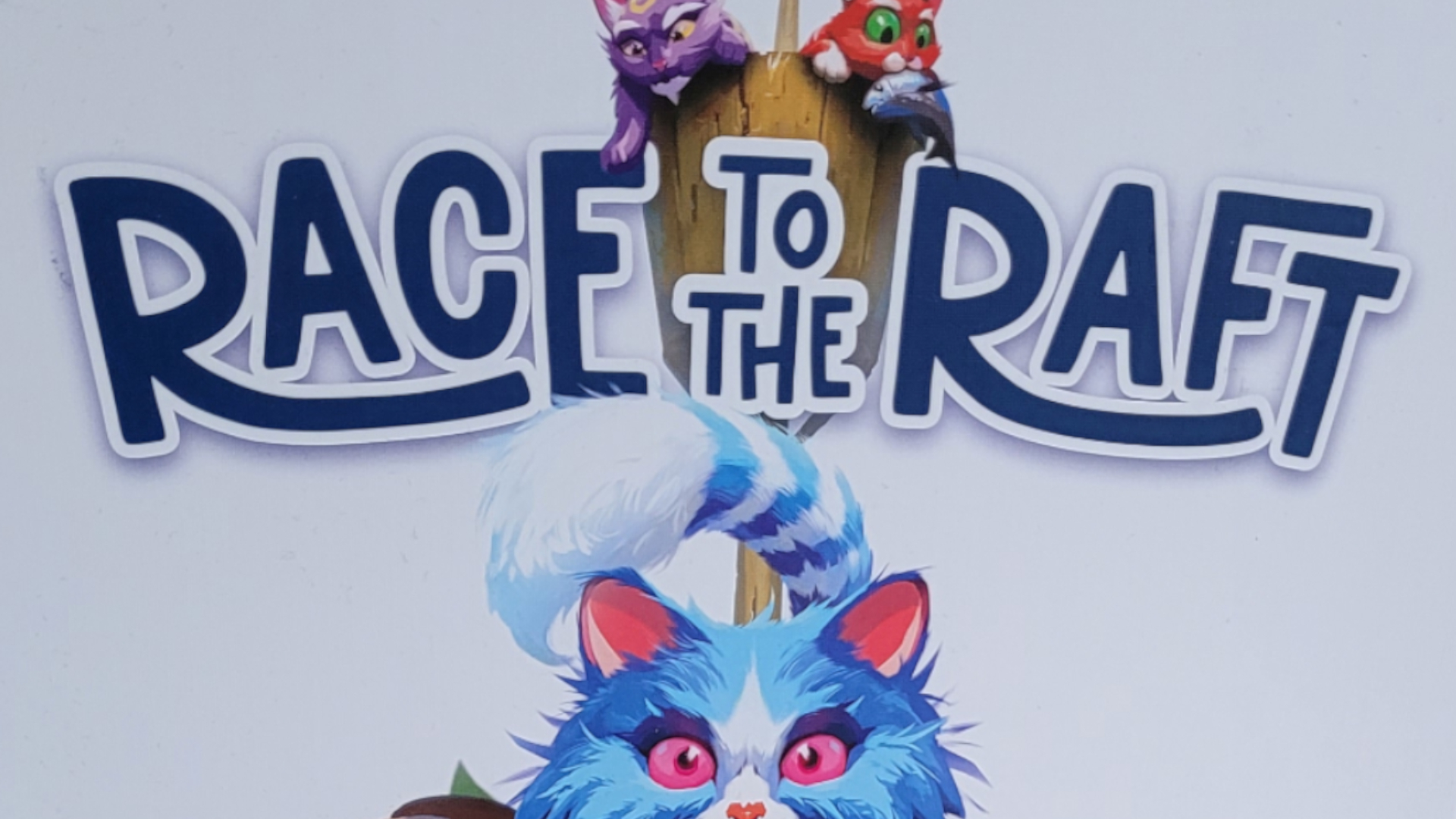
Race to the Raft comes in two different versions. The prices listed above are for the standard box, which contains wooden cat tokens and cardboard chits. But there’s also a deluxe version with a higher price tag. The extra cash nets you plastic cat miniatures, wooden markers to replace the chits and, perhaps more interestingly, a set of more 'advanced' tiles and scenarios to challenge experienced players.
Unusually, the designer has created a short demo version of the game you can try for yourself online if you want to get a first-hand sense of how it works.
Whenever you lay a landscape card, though, the fire spreads. This involves drawing a fire tile blindly out of a bag and laying it adjacent to some existing fire, which starts around the edges of the board. Fire tiles are irregular shapes and won’t jigsaw together neatly unless you’re lucky, so there are various factors to consider when choosing where to place them on the board. Four discards to move cats also adds a fire tile in the basic game, while the advanced version sees you drawing a disaster card instead, which tends to add fire along with other unpleasant effects.
The game has some slightly odd rules about turn order and communication. Players can place or discard cards as they like: there’s no prescribed order for doing so. And you’re only allowed to discuss strategy at the start of each round before anyone starts placing cards. Even then, there are prescriptions on what you’re allowed to talk about that ban you from mentioning the numbers or shapes of colour blocks on the cards you hold. You can, however, play tokens to allow a modicum of discussion as the round unfolds. One type allows two players to talk about strategy until a move is made. The other allows a player to say “meow” and nothing else, although there are no rules about the tone, pitch, or length of how you say it.
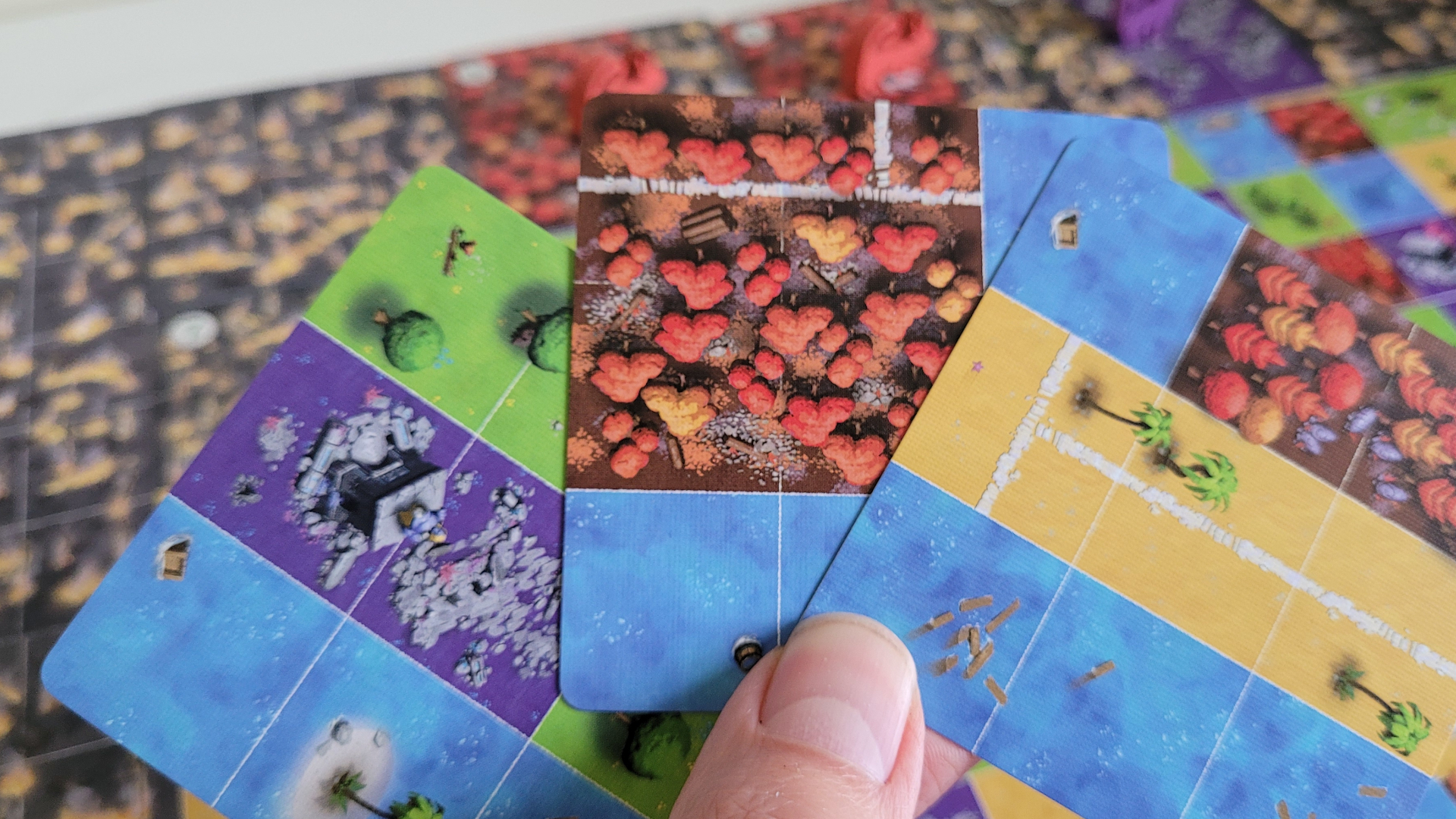
As the campaigns unfold, there are a few additional rules to digest. Most scenarios have a pool of water tokens that can be spent to remove a fire tile from the island. And many of the challenges have additional victory requirements, such as the cats arriving in a particular order, or friends of matching colours that can help each other over fire if they’re adjacent, or need to be kept close to each other.
Finally, there’s a special kind of magical cat, the Oshax, that doesn’t travel by colour but only on pathways that are printed on a minority of landscape cards.
Weekly digests, tales from the communities you love, and more
Gameplay
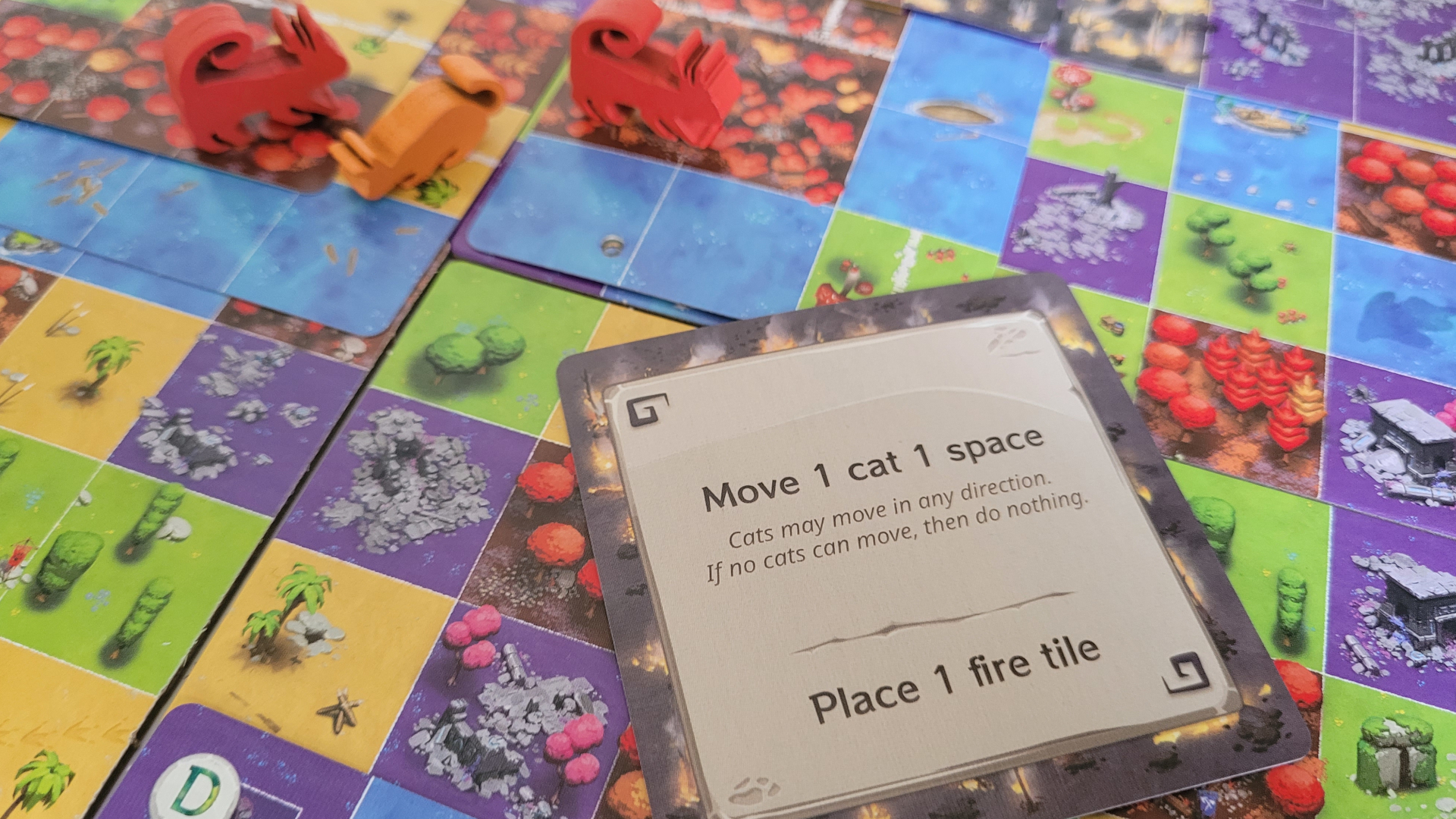
- You play cards to make paths across the board for matching-colour cats
- Limited communication makes it difficult to know what options other players have
- Random fire tiles must be fitted together as flames spread over the board
As you’ve hopefully gathered from the rules breakdown, Race to the Raft is very much a puzzle game with a lot of dynamic variables, rather than a more strategic affair. That’s going to be anathema to some particular types of gamer, but even if it sounds like a turn-off, this isn’t a game you should dismiss. Because, puzzle or not, Race to the Raft is really fun.
Limiting communication between players is always awkward, and it’s where most of the problems with Race to the Raft lie. It’s really very hard not to make any comment at all on other player’s moves, to not even screw up your face in response to a bad choice. It’s equally hard not to ask for affirmation of your decision, or not to respond when someone else does so. The lack of turn structure makes it especially awkward as everyone has built-in social conditioning for taking turns. But you’ll have to try because not only does it solve the age-old problem of the most confident or experienced player telling everyone else what to do, it’s also central to your enjoyment of the game.
Being limited to tonal shifts of “meow” is not only amusing but surprisingly difficult to leverage
There are no cards that will magically chart the perfect path for a cat to reach the raft. Every play is, therefore, an awkward compromise of competing priorities. Maybe your card will extend the cat’s path, but not wholly in the right direction. Maybe it won’t quite link up with existing board squares of the cat’s colour or, worse, will actually overlay them, making them useless. Maybe it’ll big a big boon for the cat in question but will actively interrupt the path of another cat. That makes solving the puzzle with the random cards you’ve drawn difficult enough, but what really bakes the group’s collective noodle is the fact that someone might have a better card, and you won’t know until it’s too late.
The game offers the talk and meow tokens as a sop to this frustration, and the temptation to use them is a constant itch as you play. It’s another bit of strategic meat to enjoy as you work through the scenarios. Being limited to tonal shifts of “meow” is not only amusing but surprisingly difficult to leverage. You miss these aspects playing solo but, on the other hand, you also avoid the difficulties inherent in limited communication rules. The solitaire rules feed you cards in dribs and drabs to mimic the uncertainty of not knowing what other players are holding, and it works very well as a solo pastime.
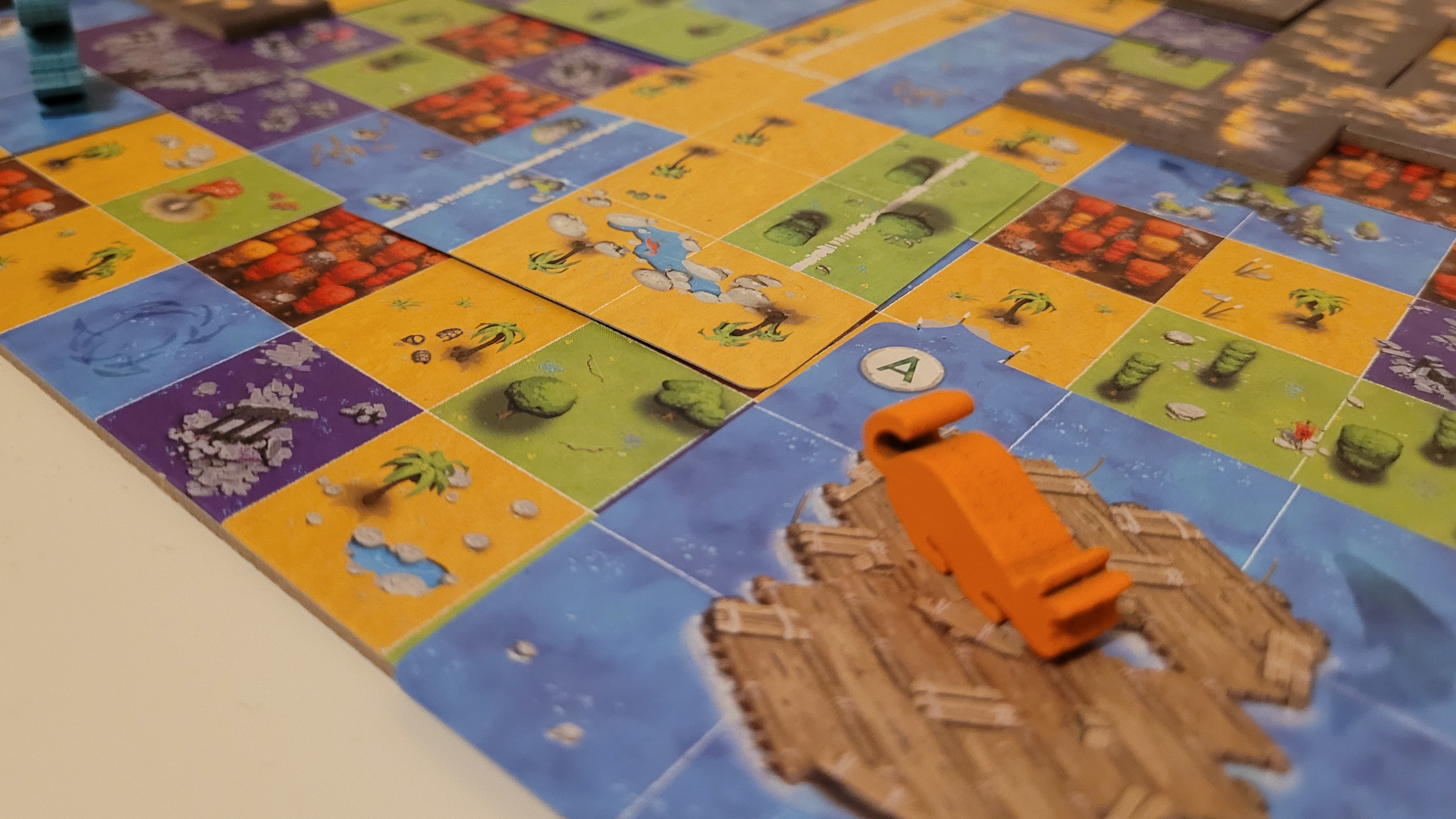
As you get cats moving across the map, the fire will begin to spread as well, and this gives you more awkward decisions to make. Fitting the random fire polyominos together so they take up minimal space is a mini-puzzle in itself, but it’s only half the story. Sometimes the most perfect fit also ends up pushing the flames dangerously close to a cat’s expected path, and a compromise position must be found. There’s also a constant push and pull between moving cats, which frees up space behind them where fire can be safely placed, and playing cards to lay a path. These become especially acute when the magical Oshax, who only travel on paved paths that overlay terrain colours, join the fray later in the campaign.
It’s worth noting that Race to the Raft offers you a lot of gameplay for very simple rules and with a very appealing theme. That makes it superb in terms of board games for families, something that can draw in enthusiasts and non-gamers of all ages. The artwork and wooden cats are fantastically cute, but the colours used for the terrain are jarring and weird, with red trees and, for some reason, purple ruins. So the whole thing laid out on the table isn’t as attractive as perhaps it could be.
Should you buy Race to the Raft?
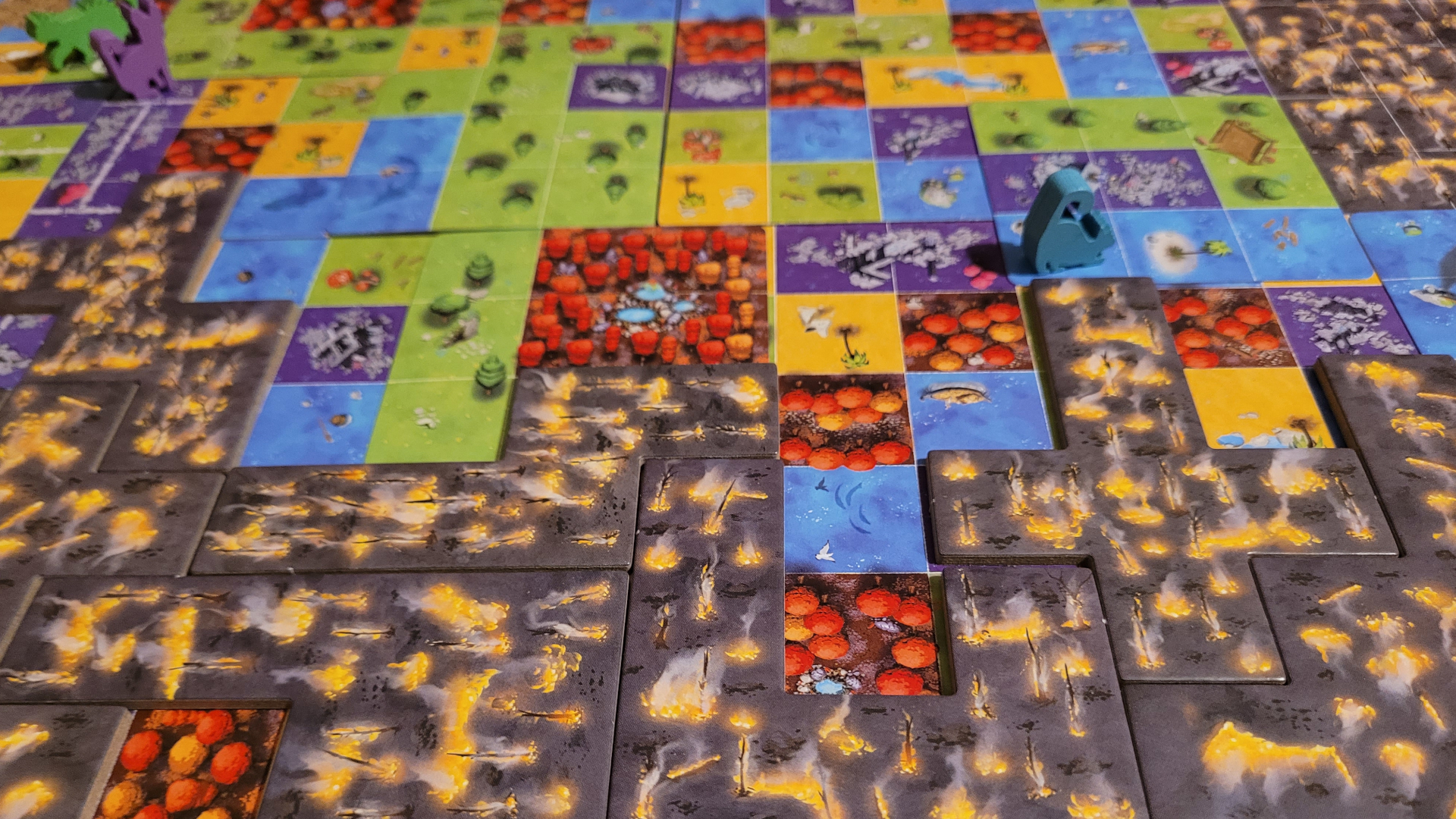
Despite some awkwardness around the need to limit communications, there really isn’t much out there that’s a whole lot like Race to the Raft. It’s more akin to the old movement puzzles you’d get in the early days of internet gaming than it is to a modern board game. But that nostalgia also gives it a strange degree of novelty because this isn’t an internet puzzle but a cooperative game that looks and feels a lot like one. That makes it an odd but very appealing beast, much like the magical cats it portrays, with an unusual setup and lots of variety. If you can stand the bright colours and meow noises, this is very much worth your time, especially for family or solo play.
Buy it if...
✅ You want a family-friendly cooperative game for all ages
If you're looking for something you can play with family-members who aren't necessarily 'into' board gaming, this is an excellent choice. Its team-based nature should stop younger players from squabbling too much as well.
✅ You like the idea of solving dynamic puzzles more than evolving strategy
If you enjoy games like Azul more than strategic games, Race to the Raft is for you.
Don't buy it if...
❌ You want to test strategies against other players in a contest of skill
This game isn't about proving your mettle - its focus is on cooperation.
❌ You prefer games with very clear rules and boundaries
This isn't the sort of game for anyone that's uncomfortable with fuzziness or painting outside the lines.
More info
| Genre | Co-op |

Matt is a freelance writer specialising in board games and tabletop. With over a decade of reviews under his belt, he has racked up credits including IGN, Dicebreaker, T3, and The Guardian.
